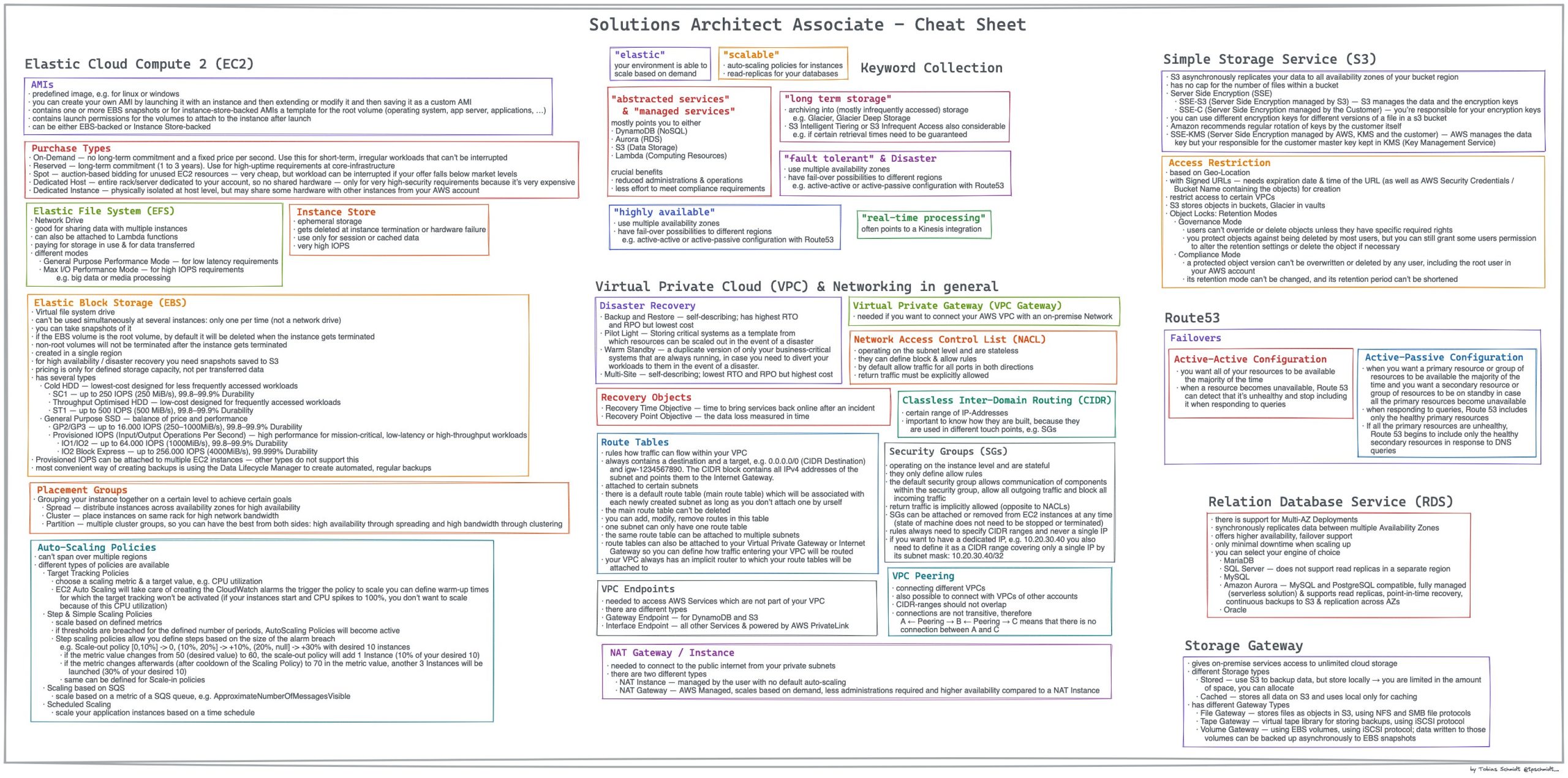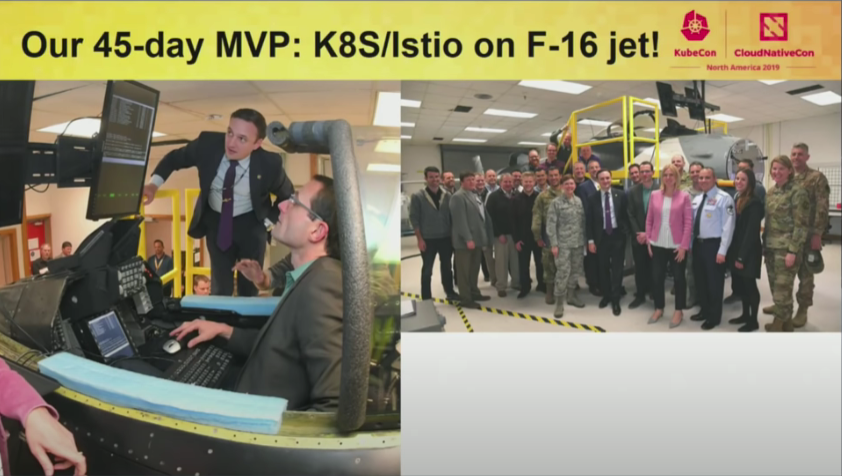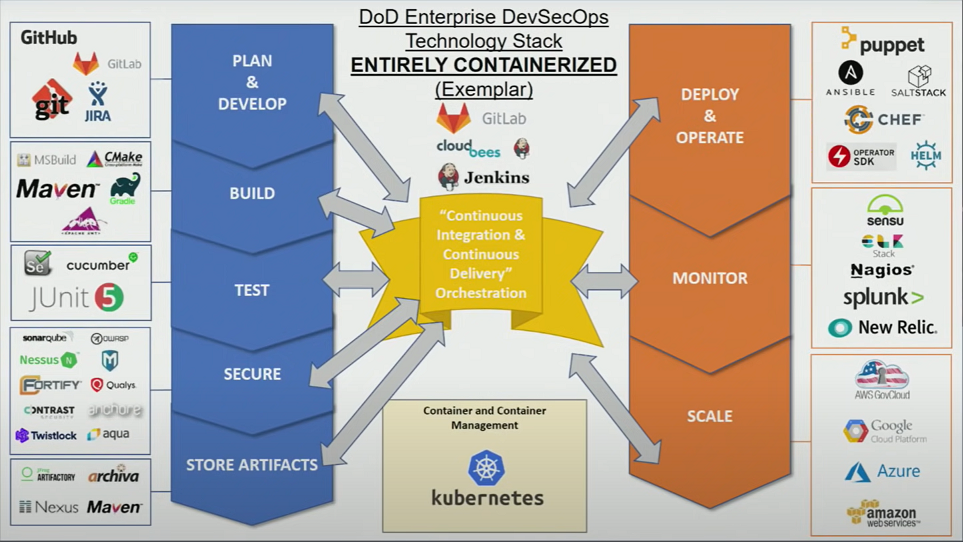Beautiful twitter thread from Tobias Schmidt
A cheat sheet for the Solutions Architect Associate certification:

Keyword Collection #1
Questions for the Solutions Architect exam are generally really long and detailed. Often, they contain a lot of important keywords which are pointing you to the right solution or service that needs to be used.
It’s very important to remember them.
Keyword Collection #2
Besides pointing you in the right direction, it also saves you a lot of time which you likely need in the exam, cause time is tightly calculated.
Even if you don’t need additional time, there’s more for reviewing questions & answers at the end!

EC2
Elastic Cloud Compute 2 is your service for your basic compute resources in AWS.
The exam covers a lot here: AMIs, purchase types, EFS, EBS, Placement Groups, and Auto Scaling.
Answers often only distinguish slightly, so it’s recommended to really get into this deep.

VPC & Networking
There’s a heavy focus on understanding virtual private clouds, networking, routing, and handling outage scenarios.
It’s one of AWS core features and you should not fall short here because it’s essential for most of the exam questions.

Route53
AWS’ scalable DNS is a well-known candidate at all exams. You especially need to know everything about its failover strategies that can be built via different configurations.

S3 & Glacier
Amazon states that it stores more than 100 trillion objects at S3, so it’s obvious that S3 is one of its most famous services.
In the exam, you need to know at least details about its replication, encryption options, access restrictions & object locks.

Storage Gateway
Service for extending your on-premise system with unlimited cloud storage. You need to know about its storage & gateway types.

KMS
It’s important to know how AWS Key Management Service is integrated with other services.
For example that you can encrypt AMIs or EBS volumes or even share key usage across accounts.
RDS
AWS’ database service for an easy setup of rational databases with low operations & good scalability.
You need to know about Multi-AZ deployments, failover supports, and the supported engines and their specific constraints.












